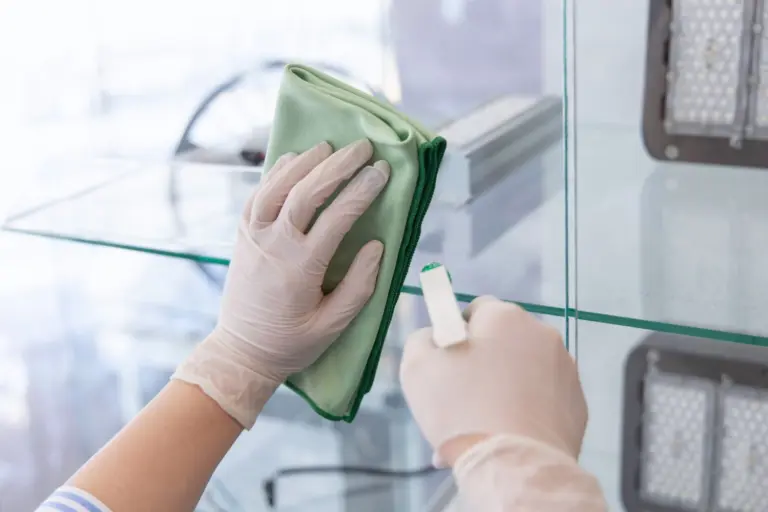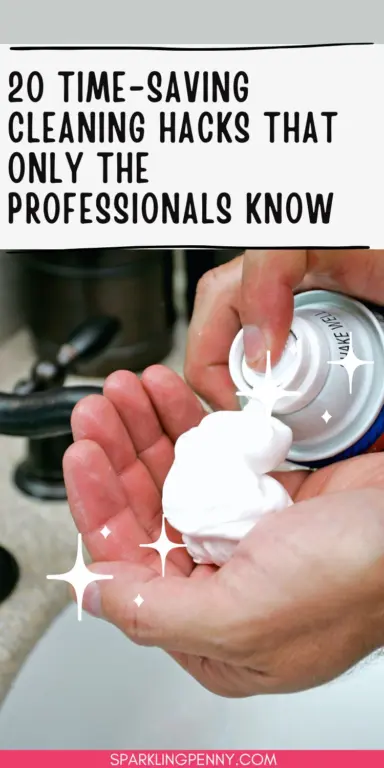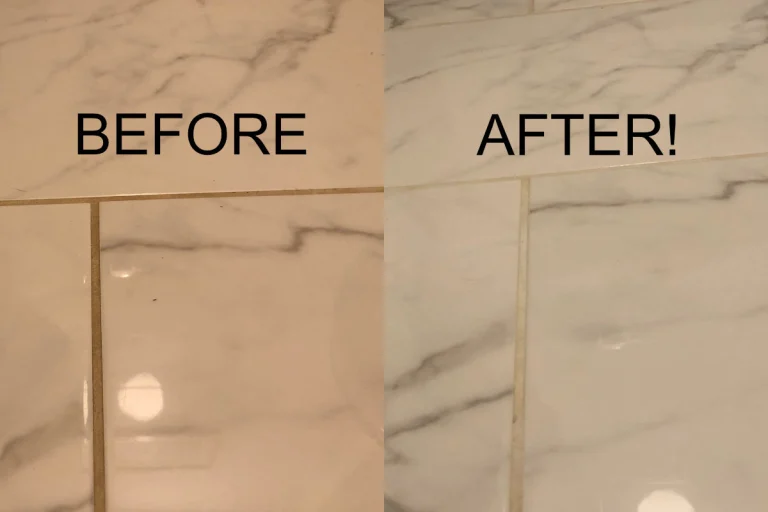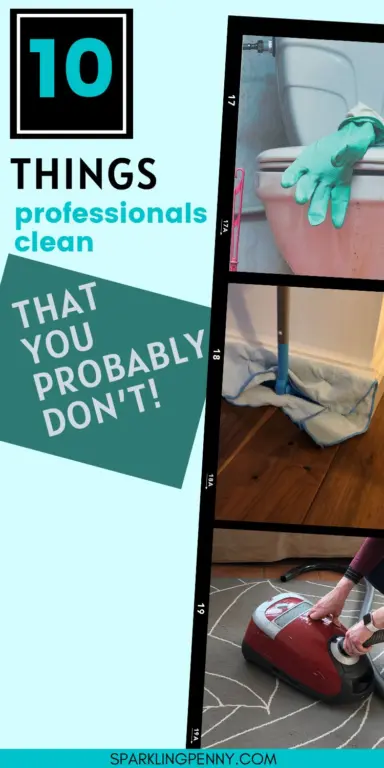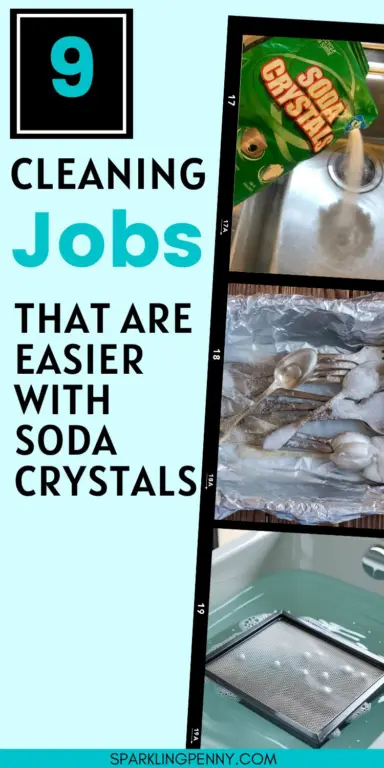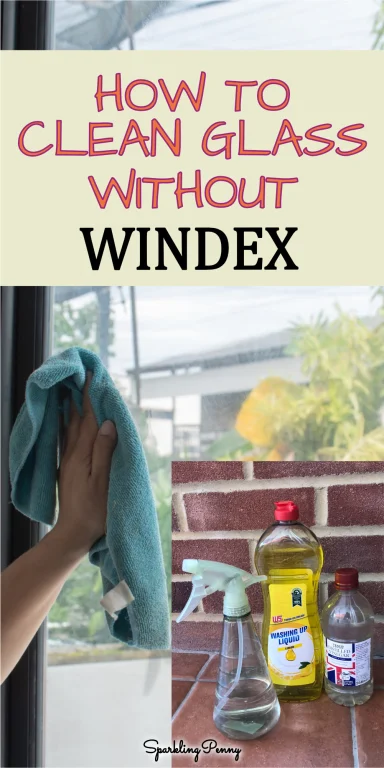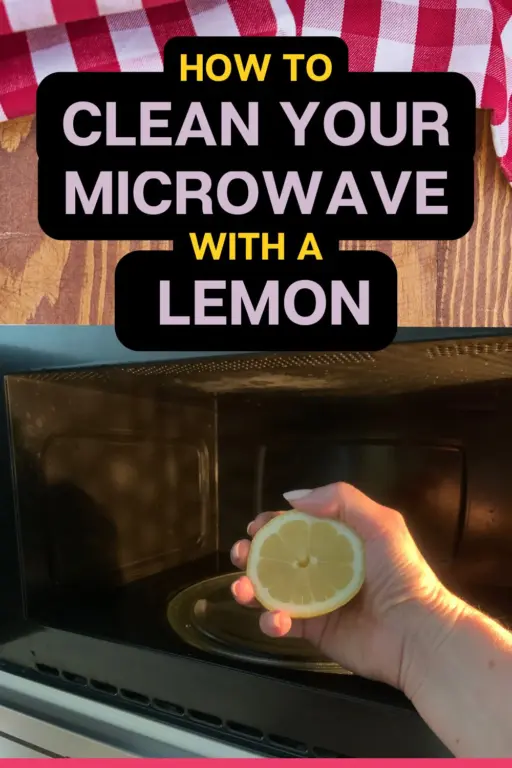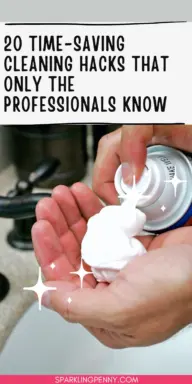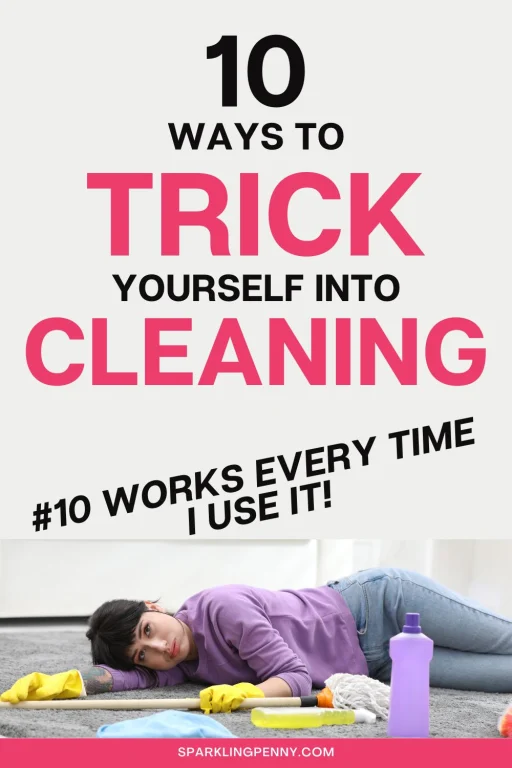Everybody wants their home to look clean, but it’s tough to know if you’re actually doing it right! The pros have a bunch of tricks and little details that make cleaning faster and way more effective.
Here are 15 pro tips that’ll help anyone clean like a professional, saving you time and a lot of hassle.
Some of these tips use stuff you already have, but in clever ways. Others help you sidestep those classic cleaning mistakes.
If you’re tired of scrubbing and never quite getting the results you want, this post is packed with tricks are surprisingly easy to try.
Heads up: I sometimes use affiliate links. When you click these links and make a purchase, I may get a small commission. It won't cost you anything but it helps me to run this site.
Tools the Pros Can’t Live Without
Professional cleaners don’t just rely on elbow grease—they’ve got a few favorite tools that really make a difference.
Picking the Best Microfiber Cloths
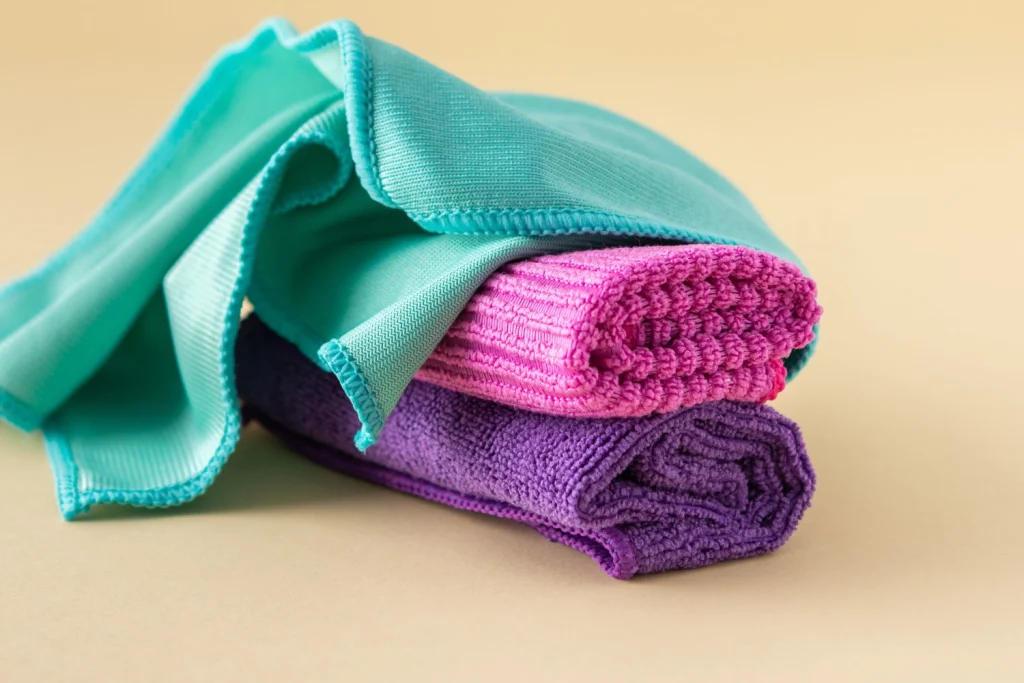
Microfiber cloths are the top pick for most pros. They clean without scratching and trap dust, dirt, and even bacteria with those tiny fibers. That means you can skip harsh chemicals most of the time.
You’ll find microfiber cloths in all sorts of textures and thicknesses. Smooth ones are great for glass and mirrors. The thicker ones are best for scrubbing kitchens or bathrooms.
Wash your clothes with mild soap and skip the fabric softener. Softener messes up the fibers and makes the cloths less effective.
Pro tip: Color-code your cloths for different rooms — it helps avoid cross-contamination.
Here’s some suggestions:
| Color | Best For |
|---|---|
| Blue | Glass/Mirrors |
| Yellow | Kitchens |
| Green | General Surfaces |
| Pink/Red | Bathrooms |
Go-To Cleaning Products
Most pros keep it simple with just a handful of products that handle almost everything. All-purpose cleaners, glass sprays, and disinfecting wipes are always in their kit.
For kitchen grease, a strong degreaser is a must. Mild dish soap actually works for a ton of other spots. If you’re fighting tough stains or soap scum, try a paste of baking soda and water—it’s gentle but effective.
They’ll grab eco-friendly products when they can, especially if there are pets or kids around. Keeping just the essentials nearby keeps things organized and lets them move quickly from room to room.
Key products to have on hand:
- All-purpose cleaner
- Disinfectant wipes
- Baking soda
- White vinegar
- Dish soap
Lint Rollers: Not Just for Clothes
Lint rollers aren’t just for your black jeans. Pros use them to grab hair, glitter, and crumbs from lampshades, couches, and even car seats.

Lint rollers are perfect for quick touch-ups before guests show up or when you just can’t deal with dragging out the vacuum.
Time-Saving Tricks
Professional cleaners finish up faster because they use smart methods and stay organized. They break big jobs into smaller tasks so nothing gets missed and clutter doesn’t slow them down.
Why Checklists Actually Help
A cleaning checklist keeps you on track and saves you from skipping steps.
Pro tip: Group similar tasks together. Clean all the mirrors at once, for example, instead of doing one per room. You’ll spend less time switching out tools.
| Sample Cleaning Checklist |
|---|
| Dust all furniture |
| Clean mirrors and glass |
| Wipe surfaces (kitchen/bath) |
| Vacuum and mop floors |
| Empty trash bins |
Decluttering—The Pro Way
Pros always start by decluttering. Clutter just gets in the way and makes the whole job slower. They sort stuff into three piles: keep, toss, or move.
Bins or baskets help scoop up loose things quickly. With surfaces clear, cleaning goes way faster. Plus, fewer items out means less dusting every week.
They don’t waste time debating where everything goes every time. If something doesn’t belong, it either gets put away right then or tossed in a “put away later” bin. This habit keeps everything moving and the place looking tidy.
Making Your Routine Work for You
A set routine saves you from wasting time figuring out what to do next. Pros stick to the same order: start high (like shelves), work down, and finish one room before moving on.
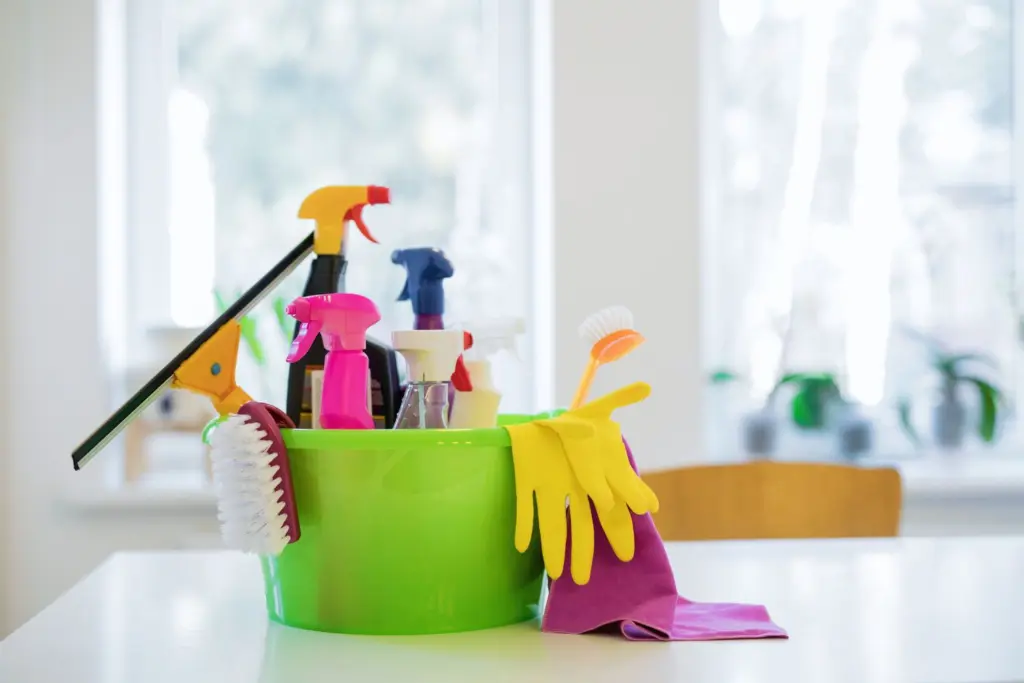
They keep tools and products in a caddy, so they’re not running back and forth. Every tool has a spot, which cuts down on confusion. Microfiber cloths are always within reach for quick dusting and wiping.
Breaking things into small steps and doing them the same way each time really speeds things up. Pairing a checklist with your routine makes it almost automatic.
Dust and Dirt
Pros keep homes dust-free by sticking to simple, repeatable steps for dusting and vacuuming. They know how to reach high spots and make the most of their vacuums.
Dusting That Actually Works
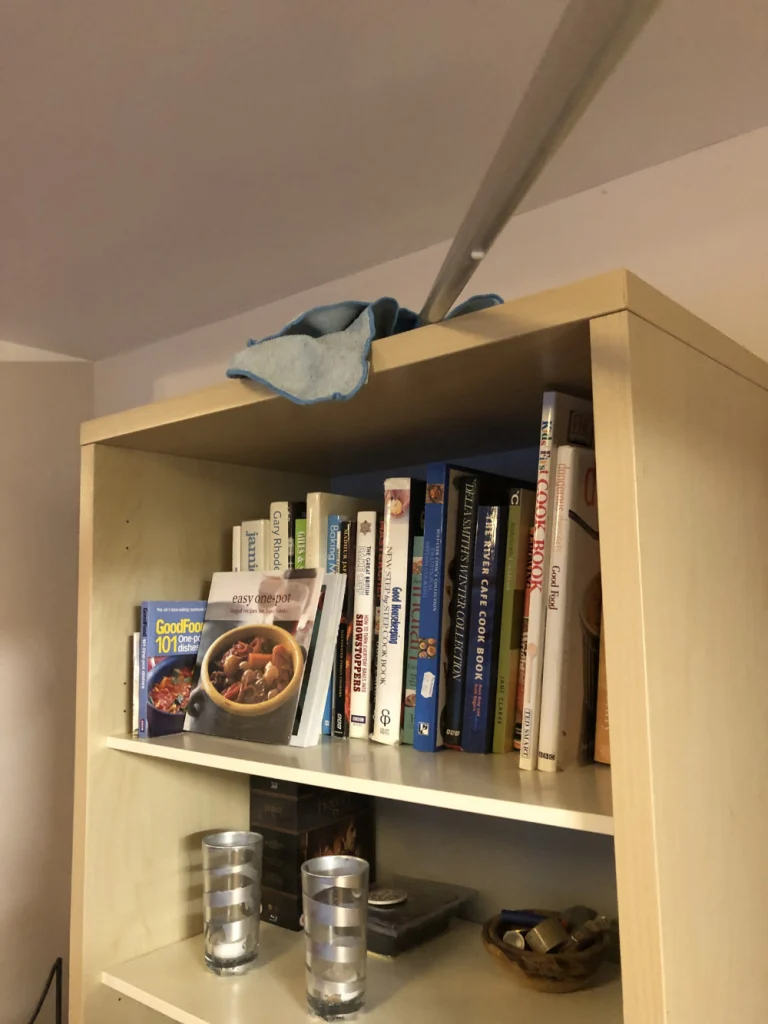
Pros always dust from top to bottom. Dust falls as you clean, so starting with high shelves or cabinets just makes sense. Microfiber cloths work way better than feather dusters—they trap dust instead of just moving it around.
They go room by room to avoid missing anything. Dusting regularly stops buildup before it gets bad. An extendable duster helps reach tall places like doorframes or curtain rods without dragging out a ladder.
Don’t forget baseboards, vents, and electronics. Make a checklist for all those sneaky spots. A slightly damp cloth grabs more dust, but don’t soak it. That little tweak keeps dust away longer.
Pro tips:
- Dust light fixtures and picture frames every week.
- Wash or swap out microfiber cloths regularly so you’re not spreading dust around.
Ceiling Fans Without the Mess
Dusting ceiling fans can get real messy if you’re not careful. Pros use an old pillowcase—just slip it over each blade and pull it back. The dust stays inside the pillowcase instead of falling everywhere.
Use a step ladder to reach safely, and make sure the fan is off first. Spritz the inside of the pillowcase with some all-purpose cleaner for extra cleaning power. That helps get the stuck-on stuff, too.
They recommend dusting ceiling fans monthly. If dust piles up, it just blows around the room every time you turn on the fan. When you’re done, shake out the pillowcase outside and toss it in the wash.
Quick checklist:
- Turn off the fan and wait for blades to stop moving.
- Hold blades steady while you clean.
- Wear a face mask if you’re dealing with lots of dust.
Vacuuming
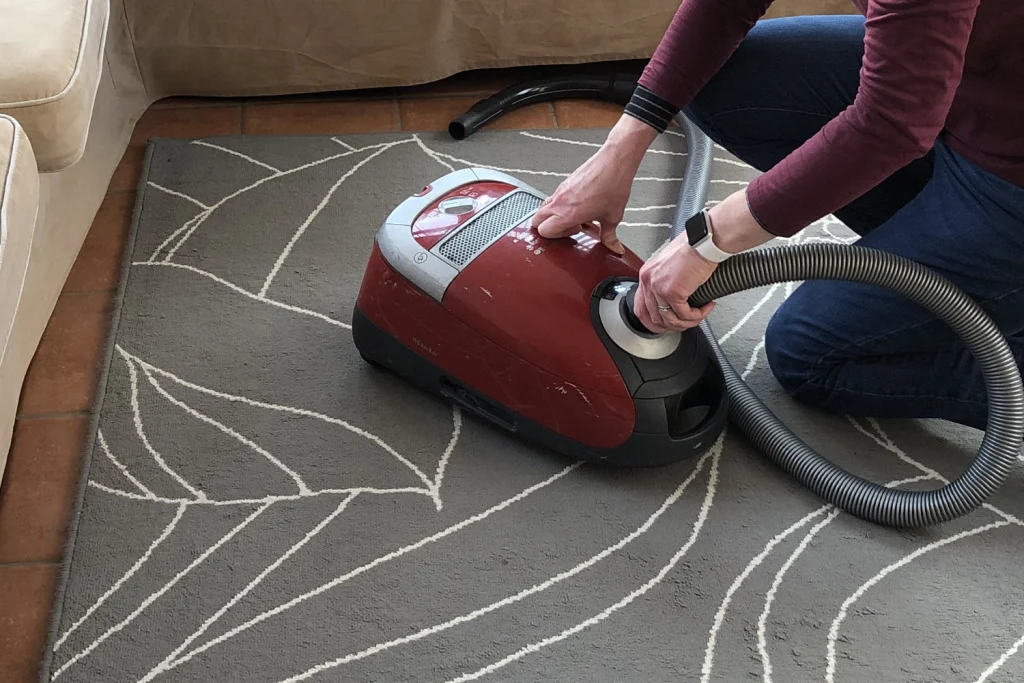
Vacuuming isn’t just about running the machine over the carpet. Pros check the vacuum bag or dust cup before starting—a full bag or a clogged filter kills suction power. They use slow, overlapping passes, going both forward and backward for a deeper clean.
They change the vacuum’s height for different floors. Thick carpet, hardwood, and tile all need different settings to pick up the most dirt. Attachments matter: the crevice tool is great for baseboards and under furniture, while the brush tool works for upholstery or drapes.
Vacuuming goes beyond just the floors. Pros use attachments for dust on blinds, vents, and lampshades. They vacuum weekly at least, and more often if there are pets or heavy traffic.
Vacuuming tips:
- Clean filters often to keep suction strong.
- If the vacuum sounds weird, check for clogs in hoses or the roller.
- Go slow—quick passes don’t pick up as much dirt.
Stain-Busting Hacks
Cleaning pros use clever tools and a few basic products for tough stains. The right method can erase marks on walls, carpets, and even clothes without ruining anything.
Magic Erasers: The Secret Weapon
Magic erasers are a go-to for removing stains from walls, doors, and all sorts of surfaces. These sponges have a fine texture that scrubs away grime, crayon, and marker marks like magic.
Just wet the eraser, squeeze out the extra water, and gently rub the stain. Most marks disappear fast—scuffs, sticky spots, even some pen stains.
Tips for Using Magic Erasers:
- Test on a small, hidden spot first.
- Don’t use on glossy or delicate surfaces.
- If your skin’s sensitive, wear gloves.
Magic erasers work best on hard surfaces. Don’t go too hard—they can break down if you scrub too much, and you don’t want to damage paint or electronics.
Coffee Stains
Coffee stains on clothes or carpets happen all the time. If you spill, grab a clean cloth and blot fast—don’t rub or you’ll just make it worse.
Mix up a quick fix: one tablespoon white vinegar, one tablespoon liquid dish soap, and two cups warm water. Dab this onto the spot with a sponge or cloth. Keep blotting until the stain starts to fade.
- Sprinkle baking soda on the wet area if the stain won’t budge.
- Wait a few minutes, then vacuum or brush it off.
For mugs or kitchen counters, baking soda and water make a gritty paste that scrubs away those brown rings. Just go in gentle circles and it usually comes right off.
Shaving Cream—Yep, It Cleans!
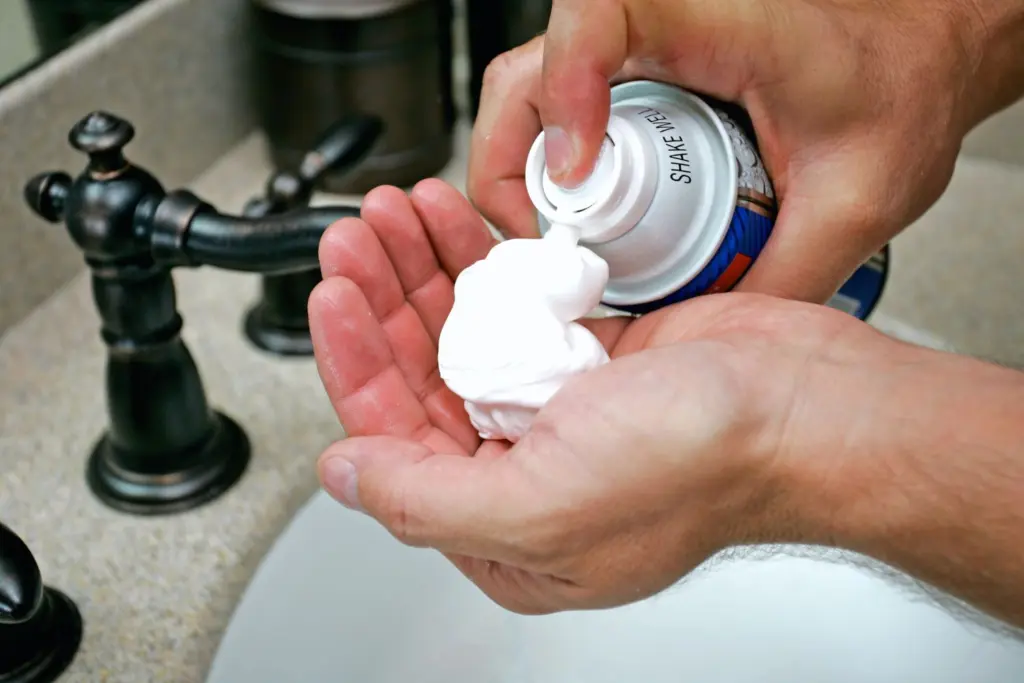
Shaving cream is kind of a secret weapon for cleaning. It lifts dirt and stains from carpets, upholstery, even shirts, and you don’t need any fancy chemicals.
Spray on a little plain, white shaving cream (skip the scented or gel stuff). Let it sit for 10-15 minutes. Blot with a dry cloth or paper towel—don’t soak it.
- Stick with unscented, non-gel shaving cream.
- Test a hidden spot first so you don’t wreck your fabric.
Shaving cream can zap stains from makeup, grease, and some foods too. Wipe up any leftover foam with a damp cloth. It’s cheap, fast, and honestly works better than you’d think.
Tough Messes? Here’s What Works
Sometimes regular soap and water just don’t cut it. There are tricks pros use for stuff like soap scum, streaks, and cleaning appliances that get grimy.
Soap Scum and Grime
Soap scum shows up fast in bathrooms, especially on glass and tile. The go-to fix is mixing white vinegar and dish soap. Spray it on, wait 10-15 minutes, then scrub with a sponge or brush.
If you’re dealing with thick buildup, baking soda and water make a gentle paste that helps. Rinse with warm water so you don’t leave any gunk behind.
Streak-Free Shine
Getting glass, mirrors, and counters to look spotless is a pain. Microfiber cloths are a must because they don’t leave fuzz behind. Most pros use water with a splash of vinegar for glass.
- Spray your cleaner.
- Wipe in straight lines with a microfiber cloth.
- Dry the edges last to catch any streaks.
Pro tip: Don’t clean in direct sun—the cleaner dries too fast and leaves marks. For a little extra shine, buff with a clean, dry microfiber cloth.
Stainless Steel
Stainless steel looks best when it’s shiny and smudge-free. Wipe it with a damp microfiber cloth and a drop of mild dish soap. Always scrub with the grain, not against it.
Fingerprints and water spots show up all the time. Spray a vinegar and water mix, then dry with a clean cloth. Want it to really shine? Rub a little mineral oil or baby oil in with a soft cloth.
- Skip harsh pads or powders—they scratch.
- Always go with the grain for a smooth finish.
Steam Cleaning
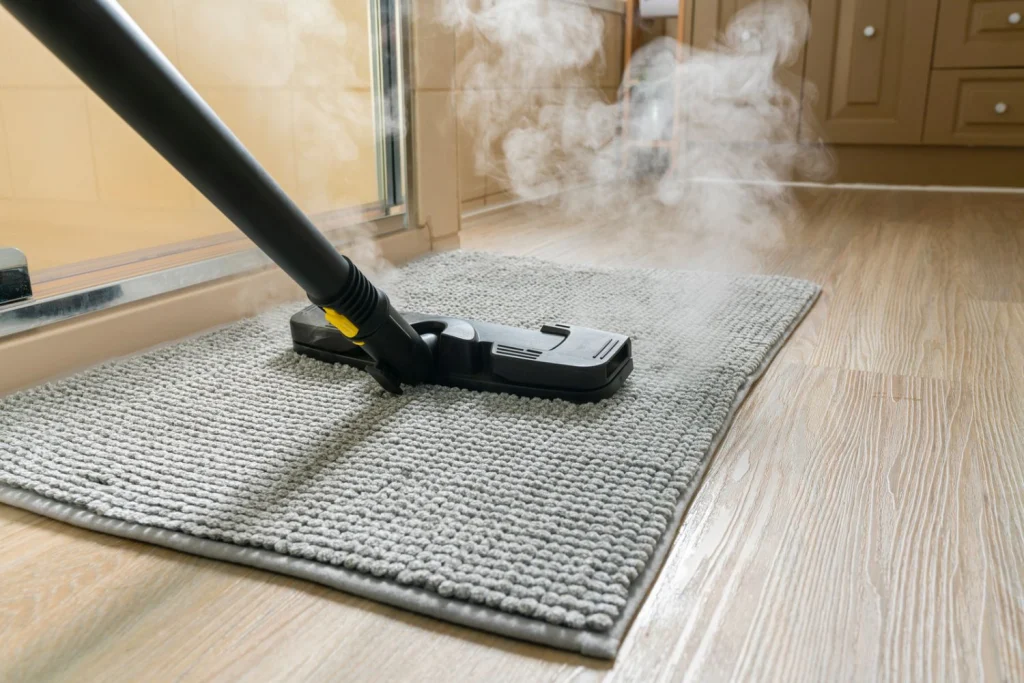
Steam cleaners give floors, grout, tiles, and even upholstery a real deep clean. All you need is water, so there’s no weird chemical smell left over. The hot steam loosens dirt and zaps germs, which is awesome if you have allergies.
Pros hit bathroom floors, shower walls, and kitchen counters with steam. Carpets, pet beds, curtains—those are fair game too if you want to ditch dust or smells.
Pick the right attachment for each job and move the cleaner slowly so the steam can work. Always let things dry out all the way so you don’t end up with damp spots or mold.
Everyday Stuff, Pro-Level Results
Cleaning pros are great at using what’s already in the kitchen. Most of the best hacks need stuff you probably have lying around.
Vinegar and Baking Soda—Classic Combo
White vinegar and baking soda tackle all kinds of messes. Vinegar’s mild acid breaks down stains and water spots. Baking soda scrubs without scratching. People use them for sinks, counters, and even microwaves.
- Sprinkle baking soda on a stubborn sink stain.
- Add a splash of vinegar.
- Let it fizz for a minute.
- Wipe away with a damp sponge.
This duo also freshens drains. Pour in half a cup of baking soda, then half a cup of vinegar. Wait five minutes, flush with hot water, and the fizz helps clear out gunk and odors.
Heads up: Don’t use vinegar on natural stone—it’ll ruin the finish.
Citrus Peels—Not Just for Snacking
Citrus peels aren’t just trash. They can make your home smell awesome. Toss lemon or orange peels into the garbage disposal and grind them up. The smell is fresh and it gets rid of food funk.
Want a simple cleaner? Soak citrus peels in vinegar for a week in a jar. Strain it out, pour it into a spray bottle, and you’ve got a natural cleaner for glass and counters.
Heads up: Don’t use citrus or vinegar on stone surfaces.
Ice Cubes: Weirdly Handy Household Fixes
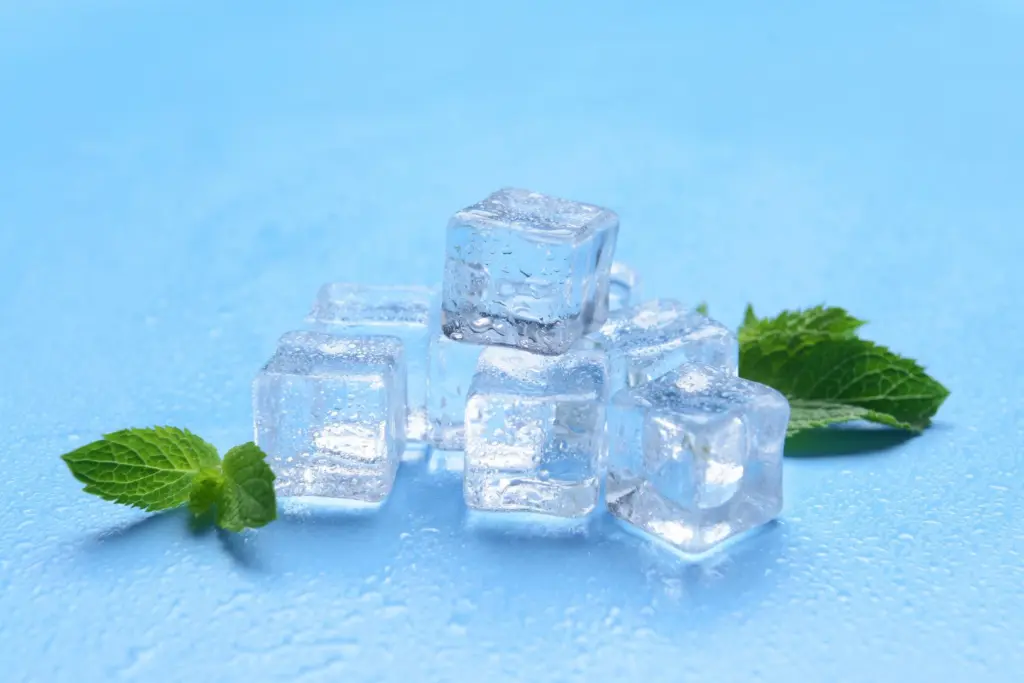
Ice cubes are actually the unsung heroes for little household annoyances.
For example, try using ice cubes to get rid of those stubborn carpet dents.
Just stick an ice cube on the dent and let it melt. After that, grab a spoon and fluff up the fibers—it’s oddly satisfying.
Got a garbage disposal that smells a bit funky? Toss in a few ice cubes and run it for about a minute.
The ice knocks loose all those gunky bits stuck to the blades, so you don’t need to mess with any harsh cleaners. If you sprinkle in a little baking soda too, it works even better—seriously, it’s worth a shot.
Ice cubes can even help with laundry. When your clothes come out of the dryer looking like they’ve had a rough day, just throw in a couple of ice cubes and run the dryer on high for five minutes.
The steam from the melting ice works some quick magic on wrinkles. It’s a weird trick, but it actually works.

